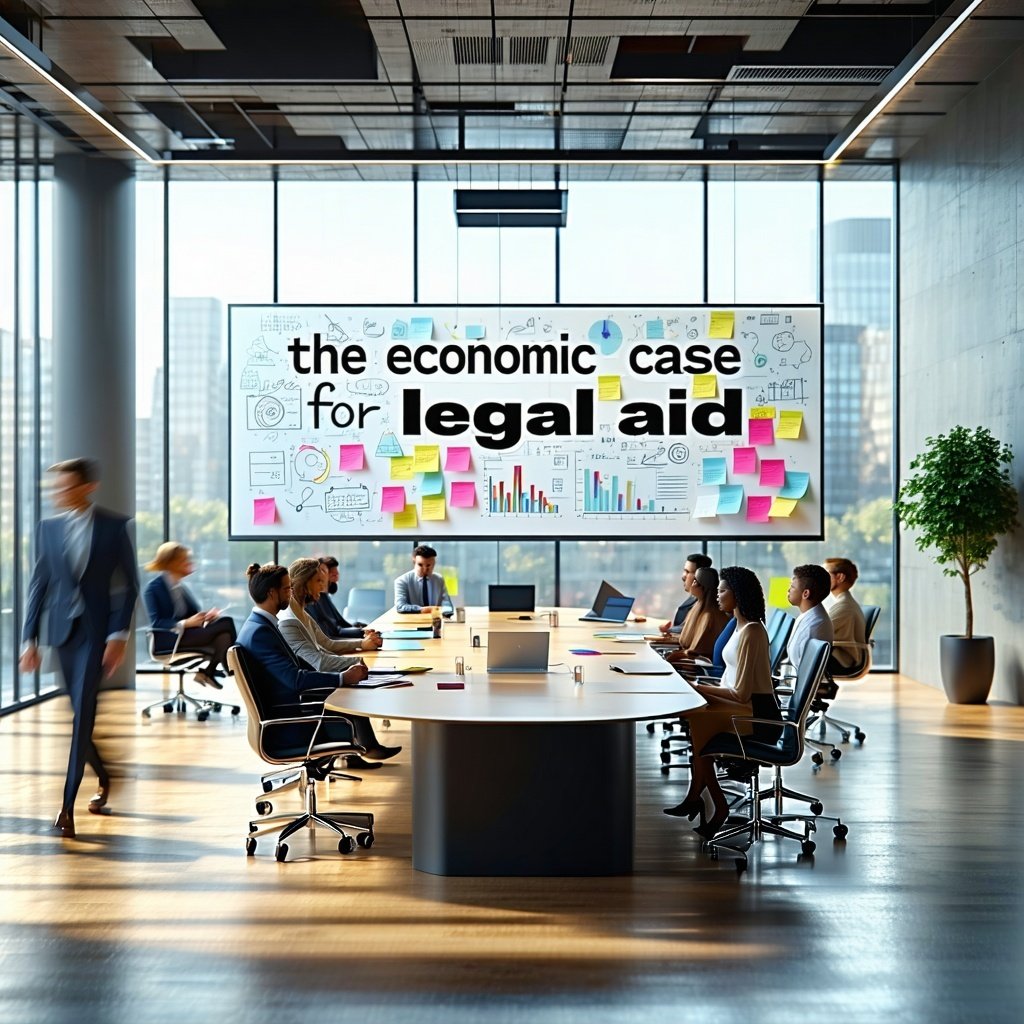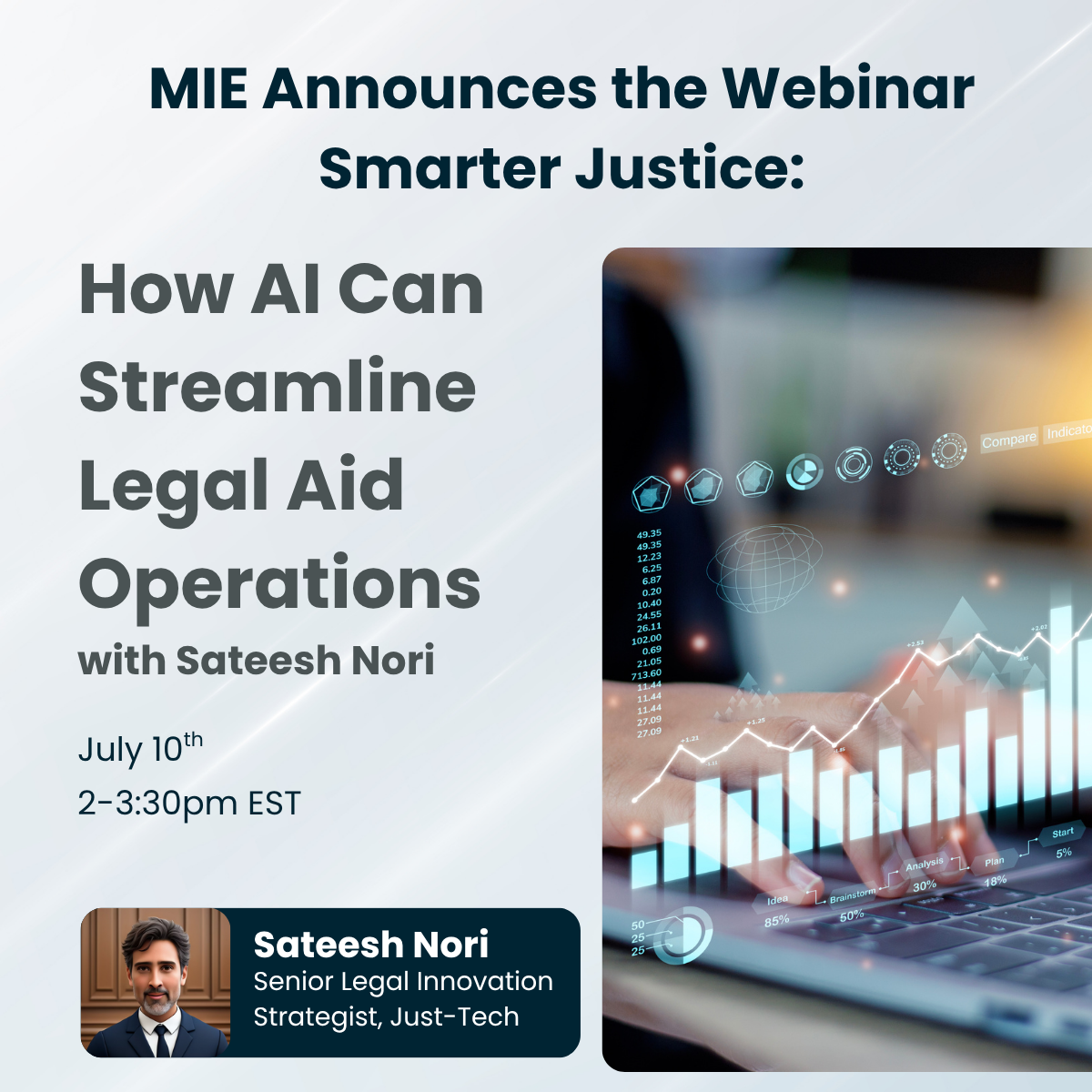What Legal Aid Should Know About AI in 2025
The legal profession is often slow to adapt to technological change. We at Just-Tech have been shepherding legal aid organizations on their tech journeys for more than a decade.
Yet in 2025, artificial intelligence (AI) has become impossible for legal aid lawyers to ignore. While headlines fixate on AI replacing attorneys, the real story is more nuanced: AI, if properly understood and applied, offers an unprecedented opportunity to close the justice gap.
Here is what you need to know:
First, legal aid providers must understand that AI today is not science fiction. Tools like ChatGPT, Harvey AI, and specialized access-to-justice models like Roxanne AI, Legal Aid of North Carolina’s LIA, and others are already operational. These systems can summarize documents, draft legal letters, assist with intake, and even guide clients through basic legal processes. For overburdened legal aid offices, properly vetted AI can multiply capacity, freeing lawyers to focus on advocacy, negotiation, and trial work—the tasks that demand true human judgment and creativity.
Second, AI can expand access if deployed properly. Legal aid organizations must ensure that any AI tools are rigorously tested for bias, culturally competent, and designed in partnership with the communities they serve. Equity must be a non-negotiable principle, not an afterthought.
Third, confidentiality remains sacrosanct. AI tools must comply with professional conduct rules regarding client communication, data security, and informed consent. Uploading client documents to an open AI platform without proper safeguards could constitute a breach of duty. Legal aid lawyers must demand transparency from vendors about where data is stored, who has access, and how client privacy is protected.
Fourth, lawyers must educate themselves on the boundaries of the “unauthorized practice of law” (UPL). In jurisdictions like New York, regulatory bodies are increasingly scrutinizing AI systems that offer legal advice without a human lawyer’s supervision. It is the duty of legal aid lawyers not just to use AI tools ethically but to advocate for sensible UPL reform that prioritizes access to justice over protecting professional monopolies.
Finally, legal aid lawyers must resist fatalism. AI is not a wave to endure but a tool to shape. Lawyers have a role to play in ensuring that AI serves the values of justice, dignity, and human rights. Staying on the sidelines is not an option. The future of legal aid—and the future of law itself—depends on informed, courageous engagement with these emerging technologies.
2025 is not the end of lawyering. It is the beginning of a new chapter. Legal aid lawyers must lead, not follow.

.png?width=50&name=sateesh%20(1).png) By
By


